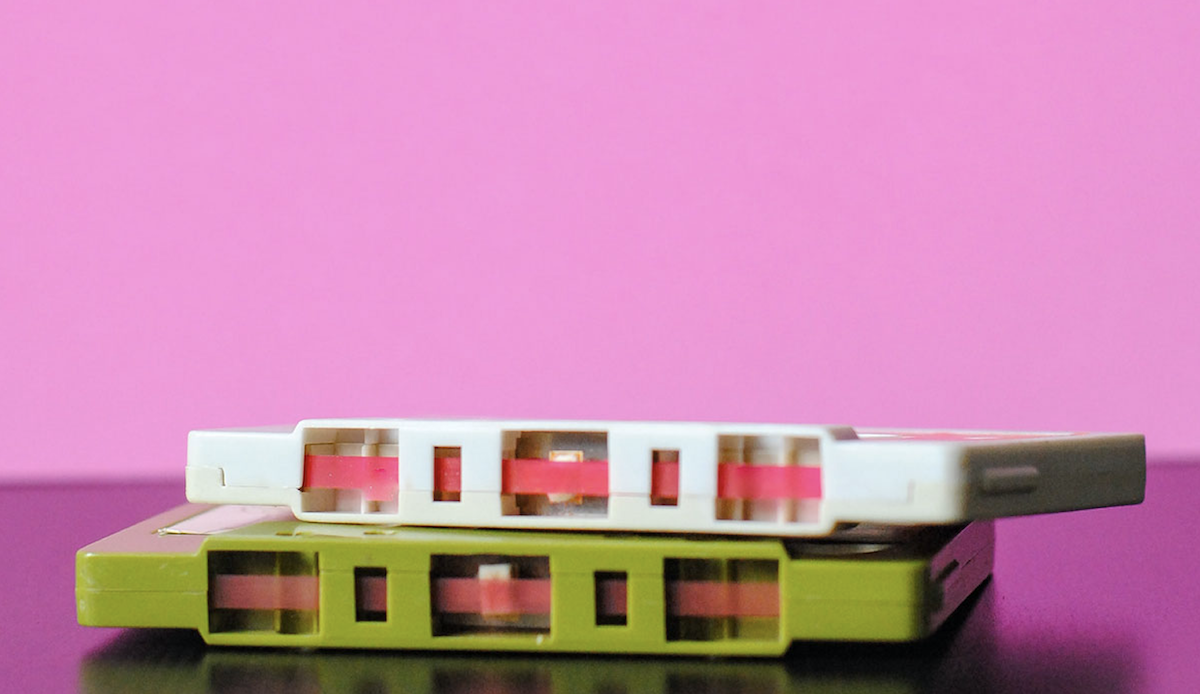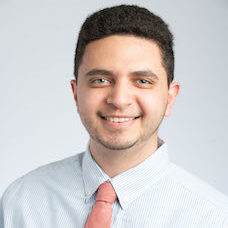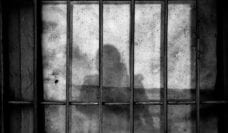Over the past summer, I conducted a hip-hop music writing class at the Suffolk County House of Correction in their substance use treatment unit. Hip-hop was born in the Bronx in the late 1970s around the time the war on drugs was ramping up. Communities of color were being targeted by the new “zero tolerance” policy on crime that greatly contributed to mass incarceration. Against this backdrop, hip-hop thrived as a powerful way to describe and process the environment in which artists found themselves. Hip-hop was a means of self-expression and introspection for people of color to rally around, and its compelling history inspired me to develop a writing class for people currently incarcerated.
The substance use treatment unit houses individuals awaiting trial. Each week, I brought notebooks, pens, a wireless speaker, and printed lyric sheets with songs chosen by the men. Classes focused on a different theme or topic each week–storytelling, family, or homelessness. At the start of each class I played a track, and together we would analyze the lyrics and share thoughts. Toward the end of class, everyone had the chance to write their own verses or songs. The class became an outlet to creatively express what each of them was feeling, and the chance to create something of their own.
I chose hip-hop music deliberately because of its history. In the 70s, it catalyzed peace gatherings among rival gangs in the Bronx, fostered empathy and healing, and brought a divided community together. Although the time and circumstances are now different, I hoped the creative process would be as liberating for the men in the class as it was back then.
Taking these sorts of steps in anticipation of re-entering society was just as important to recovery as getting sober, they believed.
I was amazed at the powerful stories and emotions the men shared. They discussed the cycle of substance use, poverty, and trauma. Many talked about experiencing homelessness and looking for their next hit. Talking about music and themselves, they seemed to find solidarity, as though finally someone understood their situation. This was all facilitated by the conscious rappers we listened to such as Tupac, Kendrick Lamar, and NWA, whose lyrics offered narratives mirrored in the men’s experiences.
One of the most powerful aspects of the class was the writing portion. The art and music the men created were opportunities for healing. As they put pen to paper, sometimes struggling to find the words to describe their stories and experiences, I could see them contemplating their incarceration and recovery in profound ways. The pieces they created reminded all of us that, although their physical bodies were locked up, their minds were free to create. Writing gave them the chance to hope that change was possible. In the words of one: “My addiction doesn’t get to win; I’m not giving up.”
The men used the class as an opportunity to write letters or poems to loved ones seeking forgiveness and reconciliation, hoping to mend broken relationships. Taking these sorts of steps in anticipation of re-entering society was just as important to recovery as getting sober, they believed.
Through this class I got to speak directly to those who are incarcerated, and more importantly, listen to them. As legislators and public health professionals consider ways to address substance use and incarceration, the voices of those who are incarcerated and have used substances should be at the center of the conversation. From these voices, long-lasting and effective solutions will emerge. I hope that over time, the completion of classes like this will be recognized by the county court system and counted toward reduced sentences.
Photo by Hello I’m Nik 🇬🇧 on Unsplash














